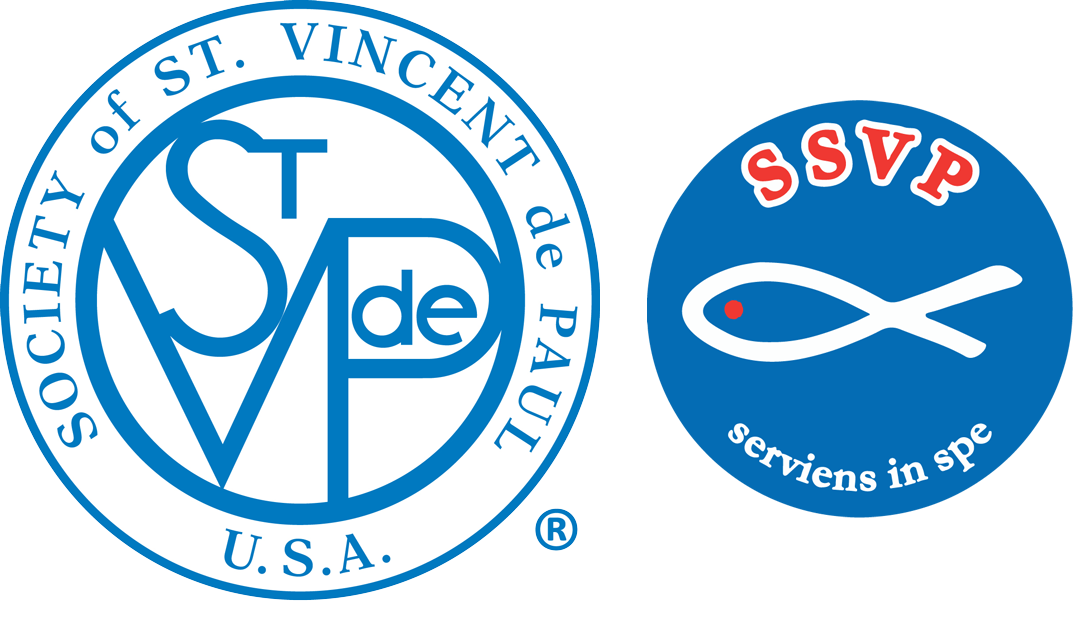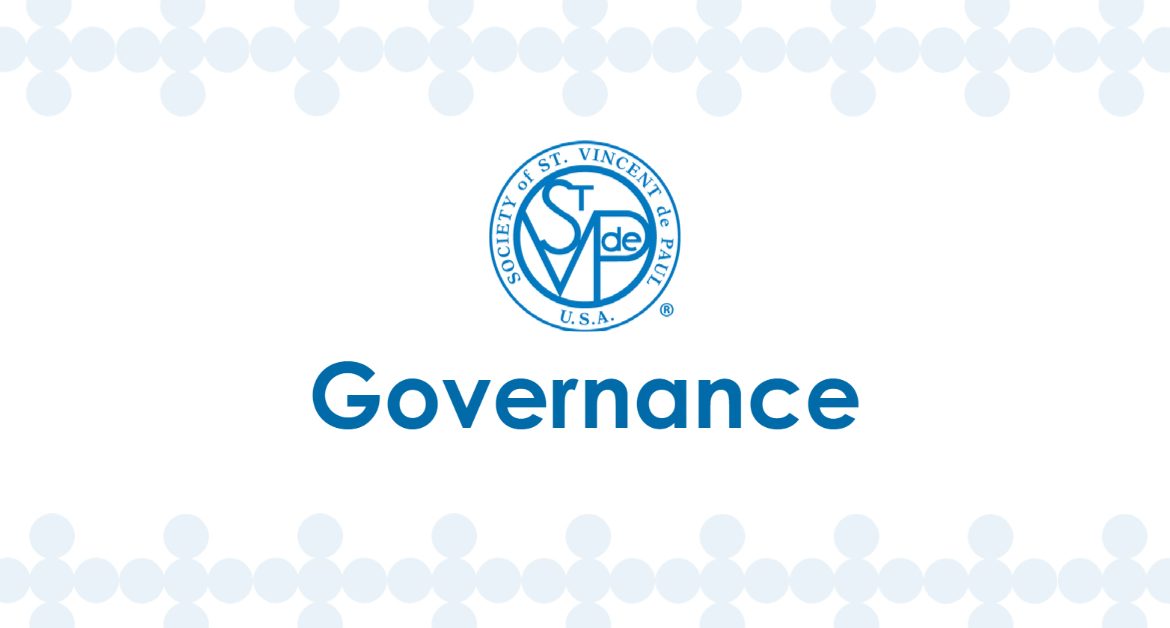COUNCIL/BOARD STRUCTURES
Council and Board structure should be as recommended in Society Bylaws. Generally speaking, the following structures are typical within the Society. This allows for a wide variety of possibilities.
- Diocesan Councils that have control over the corporate structure within the Diocese
- District Councils within a Diocesan Council structure where the Diocesan Council has strong control
- Diocesan Councils that have only little control over the Society within the Diocese
- District Councils within a Diocesan Council structure where the Diocesan Council has little control
- District Councils with no Diocesan Council that have control over the corporate structure of the Conferences within its area of coverage
- District Councils with no Diocesan Council that have only little control over the Society with its area of coverage
- Councils within the above structures have no formal Board of Directors
- Councils within the above structures have an integrated Board of Directors
- Councils within the above structures have a separate Board of Directors
- Councils within the above structures have no special works of any kind
- Councils within the above structures have stores and/or special works that they coordinate
- Some Councils have good working relationships with their Bishop and some do not
- Many Councils within the various above structures also have Chief Executive Officer/Executive Directors and other staff, both paid and unpaid.
COUNCIL/BOARD MEMBER TRAINING
Council and Board members need training on their responsibilities and personal liabilities on an annual basis. It is recommended that Council leadership check with an attorney in their state to be sure their Council meets state legal requirements. Better yet, they should seek a local attorney to address the Council leadership/Board on its legal responsibilities. Council/ Board leadership changes annually, so this type of training should be scheduled annually. It is good to have regular reminders of fiduciary responsibilities.
Insurance issues should be included as an annual review and training as well. Many who are in Council/Board leadership are not familiar with these issues; however, they are important and need to be understood by leadership.
COUNCIL/BOARD – CHIEF EXECUTIVE OFFICER/EXECUTIVE DIRECTOR RELATIONSHIP
When a Council has an Chief Executive Officer/Executive Director (or Chief Executive Officer) or other paid staff, the Council/Board sets the policy and the paid professional employees carry out the day to day work. The Council/Board decides what is to be done, the Chief Executive Officer/Executive Director decides how and by whom it is to be done. The Council does not make management decisions. The Council/Board makes policy decisions that define results expected and parameters that cannot be violated. They then match the performance of the Chief Executive Officer/Executive Director to the results the Council/ Board expected. For more information related to Council/Board – staff relationships, read “Governance: Council and Board” published by the National Council.
The Council/Board has final responsibility for hiring and oversight of a professional manager usually known as Chief Executive Officer/Executive Director. No one person, President, Executive Committee or small group should manage the Chief Executive Officer/Executive Director; although the Council President normally is the spokesperson on behalf of the Council/Board.
- Only one person (typically the President) acts as a communication conduit to the Council.
- The spokesperson should not give any significant policy directives to the Chief Executive Officer/Executive Director. That should be done by the Council/Board.
- The Chief Executive Officer/Executive Director should be selected for her/his ability to manage the business of the Society with our Vincentian missions and principles in mind.
DISTRICT COUNCIL SIZE
When the number of Conferences in a District Council exceeds 10 or 12 a new District Council should be formed. The recommendation in The Rule is that no District Council should have more than twelve Conferences.
- A District Council requires three Conferences before it can be instituted. The international standard is five Conferences; but the Council General International approved the U.S. to have three as the minimum.
- When Councils become too big, the Conferences lose their voice and stop participating.
- Once you pass the magic point in time to establish another District Council it becomes increasingly more difficult because of problems of splitting assets, special works and leadership.
As indicated in #3, problems of splitting assets, special works and leadership may be difficult as the Council grows past the recommended maximum. This holds true in a number of areas in the country where the number of Conferences in the District Council are in the 20s, 30s, and more. This is something that should be looked at early in the Council growth process.

